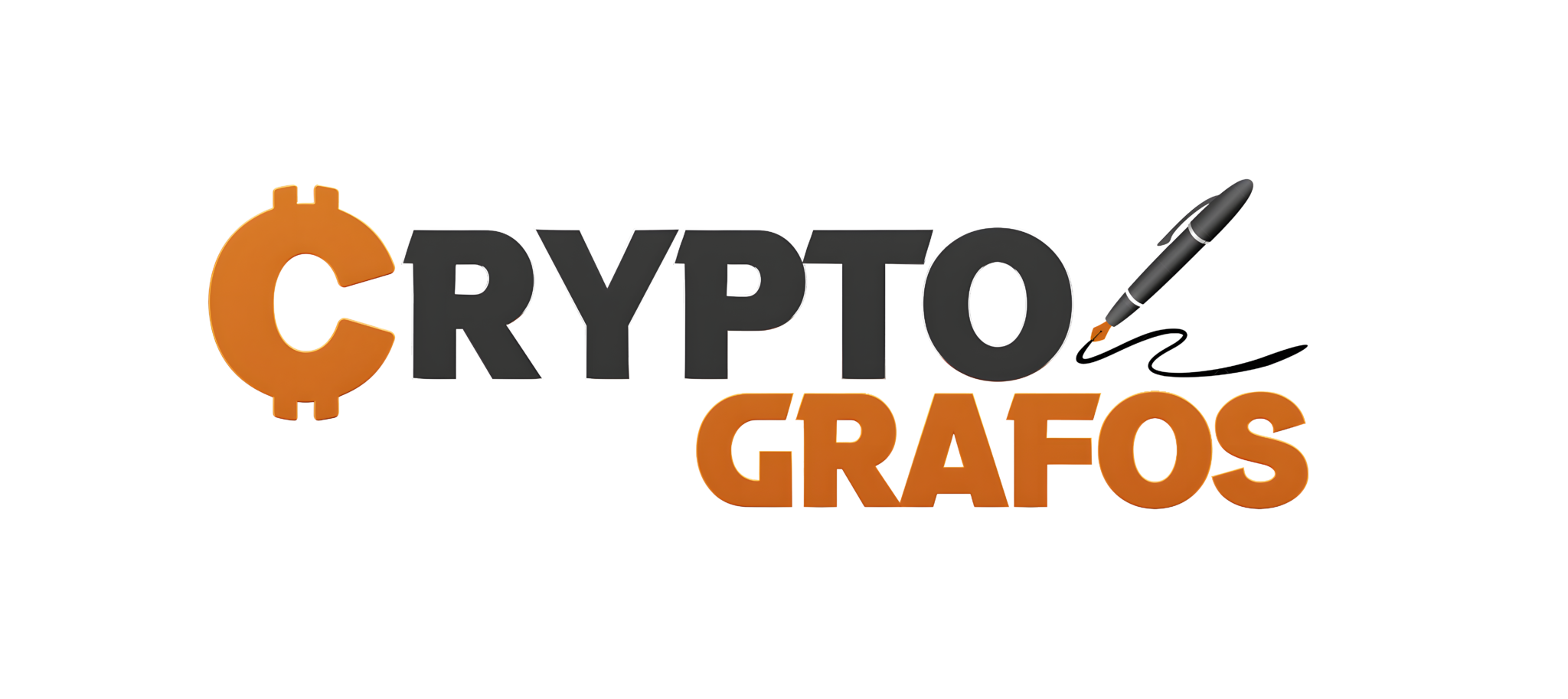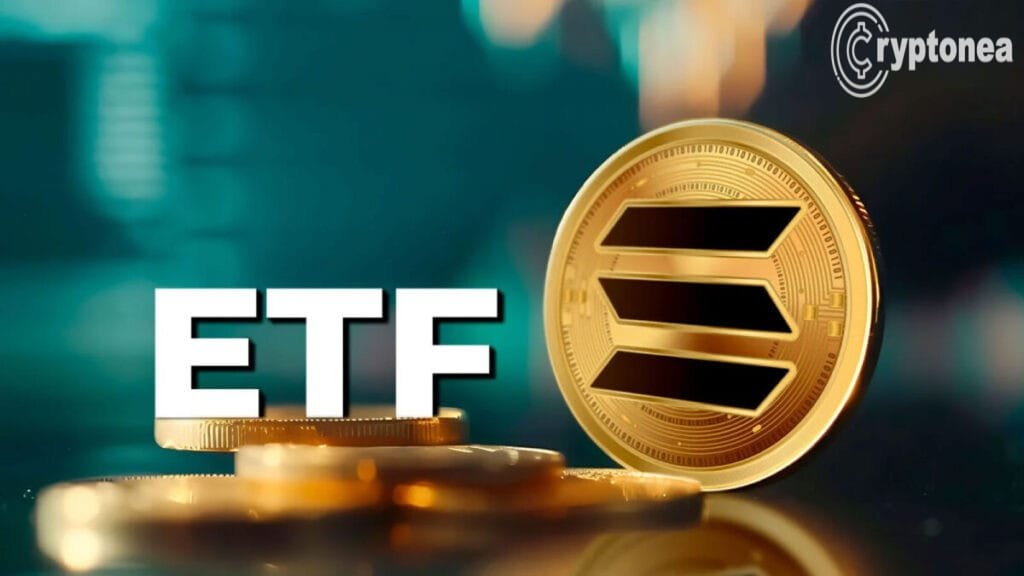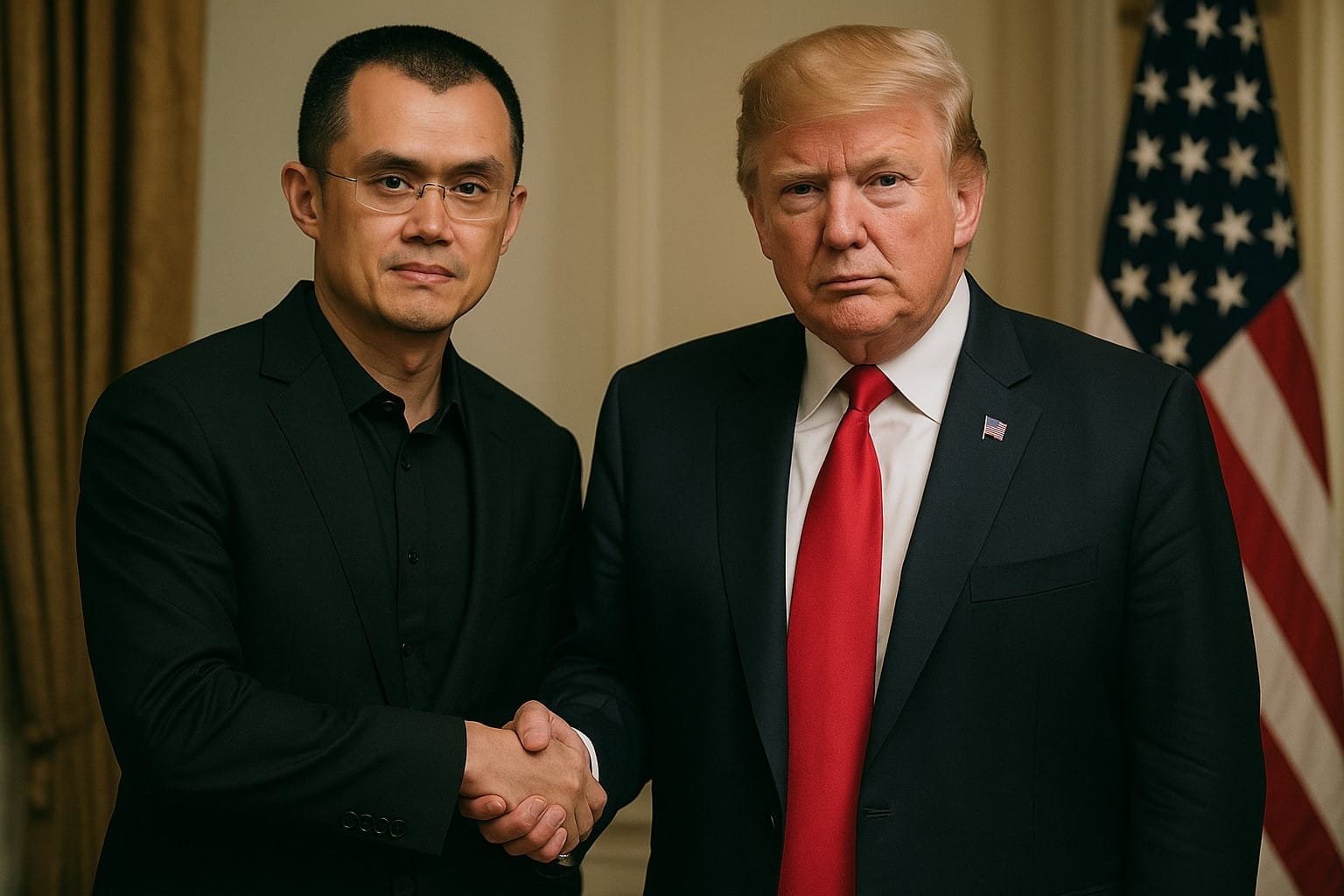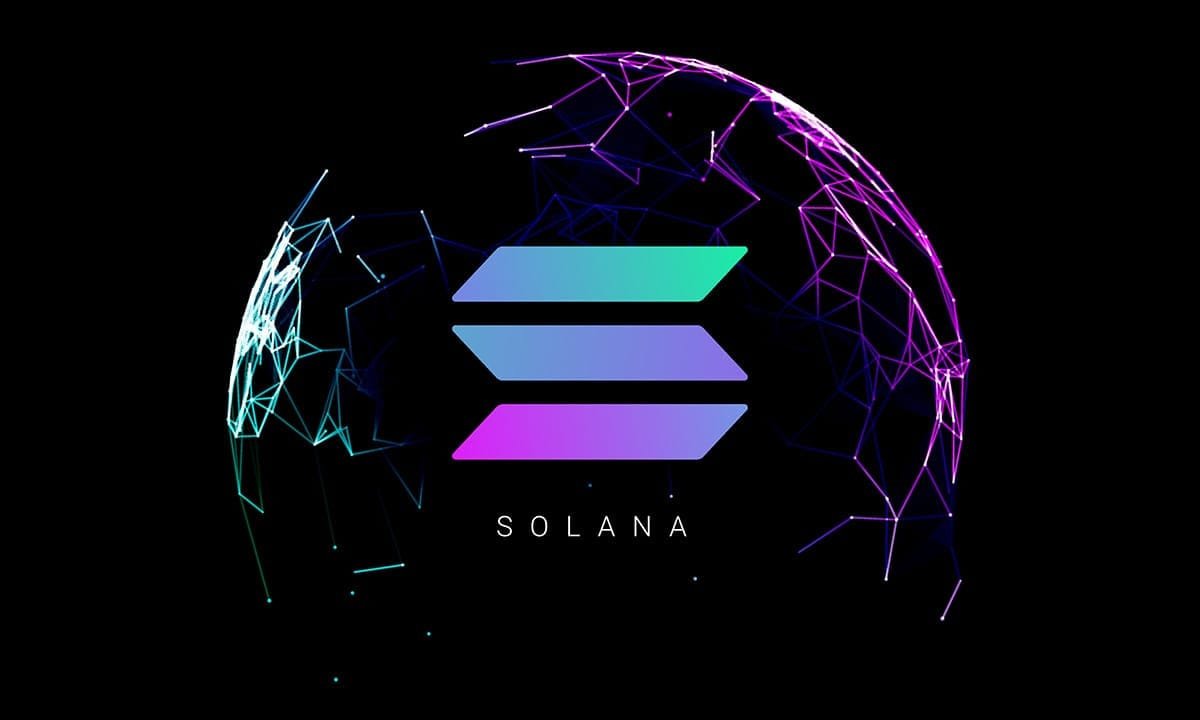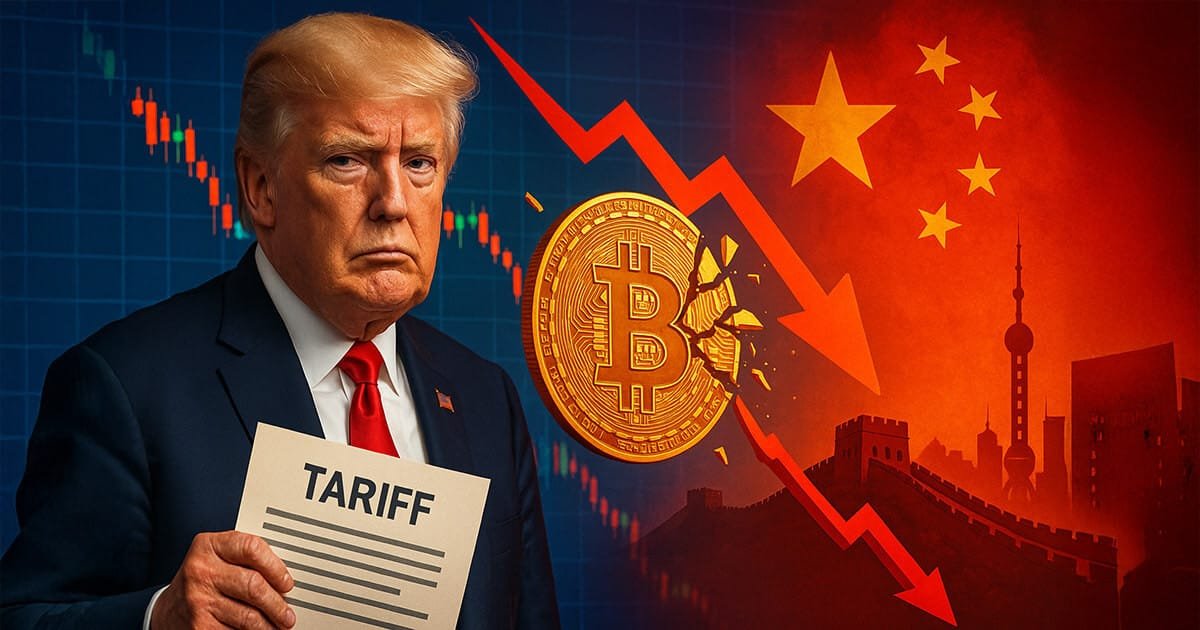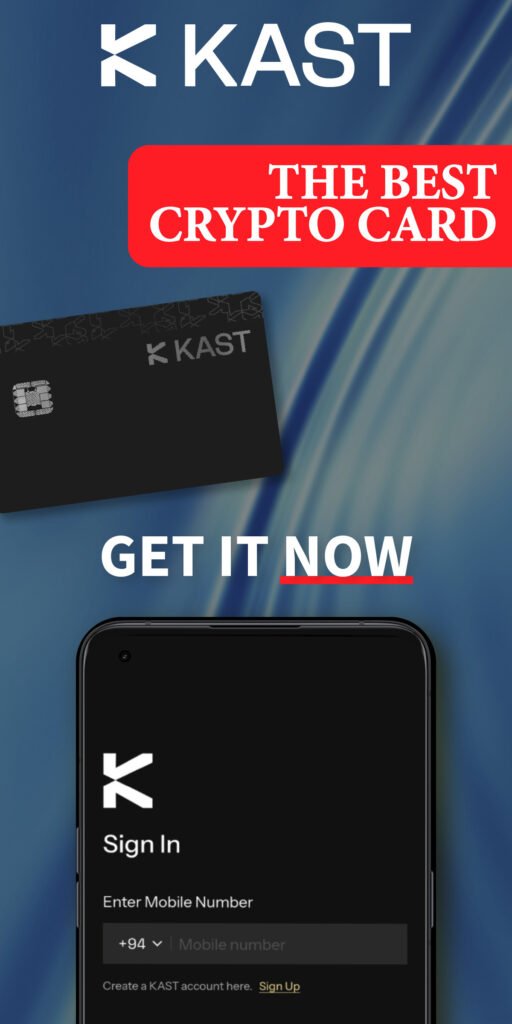When Solana launched in 2020, co-founder Anatoly Yakovenko envisioned it as a blockchain equivalent to Nasdaq— a hub for onchain financial markets. Fast forward five years, and the activity surrounding Solana has skewed more towards memecoin trading, which resembles the volatility of penny stocks rather than the stability of tech giants like Apple or Nvidia that dominate Nasdaq. While there are solid projects like Jupiter (JUP) and Drift (DRIFT), the focus has largely been on memecoins.
The prominence of memecoins has led some in the industry to regard Solana as a “meme chain.” This shift isn’t surprising given that Solana’s Pump.fun platform, dedicated to memecoin launches, has seen over 7.5 million tokens created, yielding more than $550 million in revenue.
While the meme trend has been beneficial for Solana’s ecosystem by driving infrastructure upgrades and attracting new users, its full potential extends far beyond memecoins. Solana is now ready for a more serious role, and approval for a Solana exchange-traded fund (ETF), likely to happen this year, could be the catalyst to shift its image from a “meme chain” to a major blockchain player.
A Major Boost from the SEC
This development may have seemed unlikely a year ago, but it now looks probable that the US Securities and Exchange Commission (SEC) will approve a Solana ETF in 2025. Under new leadership, the SEC has acknowledged Grayscale’s application for a Solana ETF and is seeking public comments on four Solana-based investment products. This change aligns with US President Donald Trump’s endorsement of Solana by choosing it as the platform for his viral memecoin, TRUMP. However, an ETF approval is far more significant, as it would introduce Solana to the traditional finance sector. The likelihood of approval is high, with Polymarket traders assigning an 85% probability of a fall launch.
An ETF would be crucial in shifting institutional perceptions, as it provides investors with a regulated way to gain exposure to SOL without the risks of holding tokens onchain.
A Boost to Credibility
Beyond simply facilitating exposure to Solana, an ETF boosts the credibility of Solana in the traditional financial world. We’re already witnessing a shift, with Franklin Templeton, one of the world’s leading asset managers, launching a US government money fund on Solana. This marks a significant milestone in recognizing Solana as a serious blockchain designed to support large-scale trading and real-world use cases. One such area for growth this year is payments and remittances.
While payments don’t carry the same hype as memecoins, they were, in fact, the original use case for blockchain when Bitcoin’s white paper was published in 2008. Bitcoin was intended as peer-to-peer cash, but adoption of blockchain for payments has been limited. In 2022, only 0.2% of global e-commerce merchants accepted crypto—far from achieving the goal of becoming a global payments network.
A $20 Trillion Opportunity
The payments industry is set to reach $20.37 trillion this year, dwarfing the market capitalization of all cryptocurrencies combined ($3.23 trillion). This growing industry is increasingly incorporating digital assets into its infrastructure. PayPal, for instance, has launched its own stablecoin, PayPal USD, while President Trump’s Truth Social and Elon Musk’s X are exploring crypto payment services.
Solana is well-positioned to lead this shift. With a large and active user base, Solana saw its stablecoin supply rise dramatically to nearly $12 billion in January alone. It has also shown its resilience in handling high-demand projects, such as the TRUMP memecoin launch earlier this year.
Moreover, Solana is equipped with the infrastructure to support retail payments. Its Solana Pay protocol allows for seamless crypto payments through QR codes, offering an easy and frictionless e-commerce experience.
The Maturing Blockchain
Payments are just the start. Yakovenko’s vision of Solana as a high-performance blockchain capable of supporting a wide range of financial applications, including sophisticated trading and lending, is coming into focus. Solana has spent the last year strengthening its infrastructure, with memecoin activity on Pump.fun driving necessary upgrades. The approval of an ETF will help Solana shed its “meme chain” reputation, making way for its true potential.
As Solana moves beyond its reliance on memecoin trading, it will become more resilient and better equipped to handle future market downturns. Yakovenko’s original vision is finally within reach, five years after Solana’s launch.
For more news, find me on Twitter Giannis Andreou and subscribe to My channels Youtube and Rumble
What is your opinion on this particular topic? Leave us your comment below! We are always interested in your opinion!
